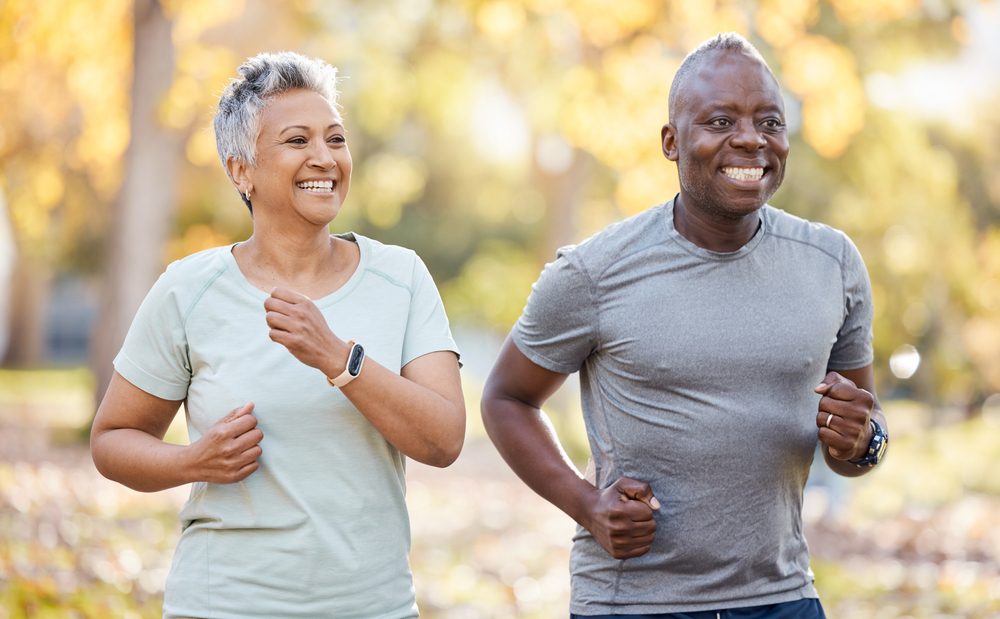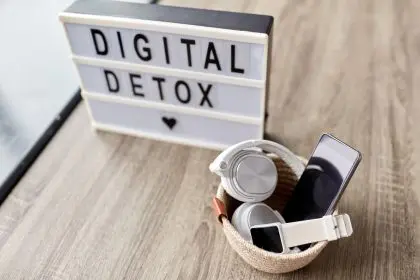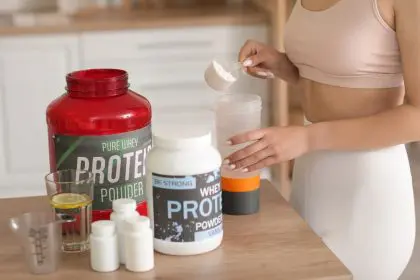Exercise isn’t just a routine; it’s a potent force in the fight against Type 2 diabetes. Its influence transcends mere physical fitness, reaching into the core of our body’s mechanisms to transform insulin sensitivity, regulate blood glucose levels, and nurture holistic well-being. The profound connection between exercise and Type 2 diabetes is a beacon of empowerment, offering individuals the tools to seize control of their health narrative.
This article unveils six pivotal truths that illuminate the symbiotic bond between exercise and the potential reversal of Type 2 diabetes. It’s a roadmap unveiling how exercise, when strategically woven into our lives, becomes a catalyst for change in combatting and potentially reversing this prevalent metabolic condition.
Beyond the treadmill or the weights, exercise becomes a transformative journey, a narrative of hope and resilience against a condition that affects millions globally. Understanding these fundamental facts not only educates but ignites a sense of agency, inspiring individuals to embrace the transformative power of physical activity in their fight against Type 2 diabetes. This holistic understanding paves the way for informed choices and proactive steps toward a healthier, more empowered life.
1. Exercise and Insulin Sensitivity
At the core of Type 2 diabetes lies insulin resistance, where the body’s cells become less responsive to insulin, leading to elevated blood sugar levels. Engaging in regular physical activity can improve insulin sensitivity, allowing cells to better utilize glucose and effectively manage blood sugar levels. Even moderate exercise, such as brisk walking or cycling, can make a substantial difference.
2. Types of Exercise for Diabetes Reversal
Various forms of exercise can benefit those with Type 2 diabetes. Aerobic exercises, such as jogging, swimming, or dancing, enhance cardiovascular health and help lower blood sugar levels. Strength training, including weightlifting or bodyweight exercises, aids in building muscle mass, which contributes to improved glucose metabolism.
3. Timing and Consistency Matter
Consistency is key when using exercise to combat Type 2 diabetes. Aim for at least 150 minutes of moderate-intensity aerobic activity spread across the week, along with muscle-strengthening activities on two or more days a week. Breaking down workouts into shorter sessions throughout the day can also be effective in managing blood sugar levels.
4. Exercise as a Complement to Diet
While exercise plays a pivotal role, combining it with a balanced diet is essential for effective diabetes management. A healthy eating plan that focuses on whole foods, limits refined sugars and carbohydrates, and emphasizes vegetables, lean proteins, and healthy fats can work synergistically with exercise to reverse Type 2 diabetes.
5. Monitoring and Adjusting Exercise Regimens
Individual responses to exercise can vary. Regular monitoring of blood sugar levels before, during, and after exercise can provide valuable insights. Adjusting exercise intensity, duration, or type based on these readings and consulting healthcare providers or fitness professionals can optimize the benefits of physical activity for diabetes reversal.
6. Long-Term Lifestyle Changes
Reversing Type 2 diabetes through exercise requires commitment to long-term lifestyle changes. While immediate benefits can be seen, sustaining these improvements necessitates ongoing dedication to regular physical activity and healthy eating habits. Integrating exercise into daily routines and prioritizing a balanced lifestyle can significantly impact diabetes reversal.
Conclusion
Exercise emerges as a foundational pillar in the battle against Type 2 diabetes, heralding transformative effects on insulin sensitivity, blood sugar regulation, and holistic well-being. Its role in managing and potentially reversing this condition cannot be overstated. These six vital insights into the nexus between exercise and Type 2 diabetes empower individuals to chart a proactive path toward improved health and the potential reversal of this widespread metabolic disorder.
However, embarking on any new exercise journey should be approached with guidance. Consulting healthcare professionals ensures personalized recommendations aligned with individual health requirements and conditions. With exercise as an ally and healthcare expertise as a guide, individuals can navigate towards a healthier future. Embracing the power of exercise in tandem with informed professional advice fosters a robust strategy in the pursuit of managing, mitigating, and potentially reversing Type 2 diabetes—a journey fueled by empowerment and informed choices toward a brighter, healthier tomorrow.
This story was created using AI technology.












